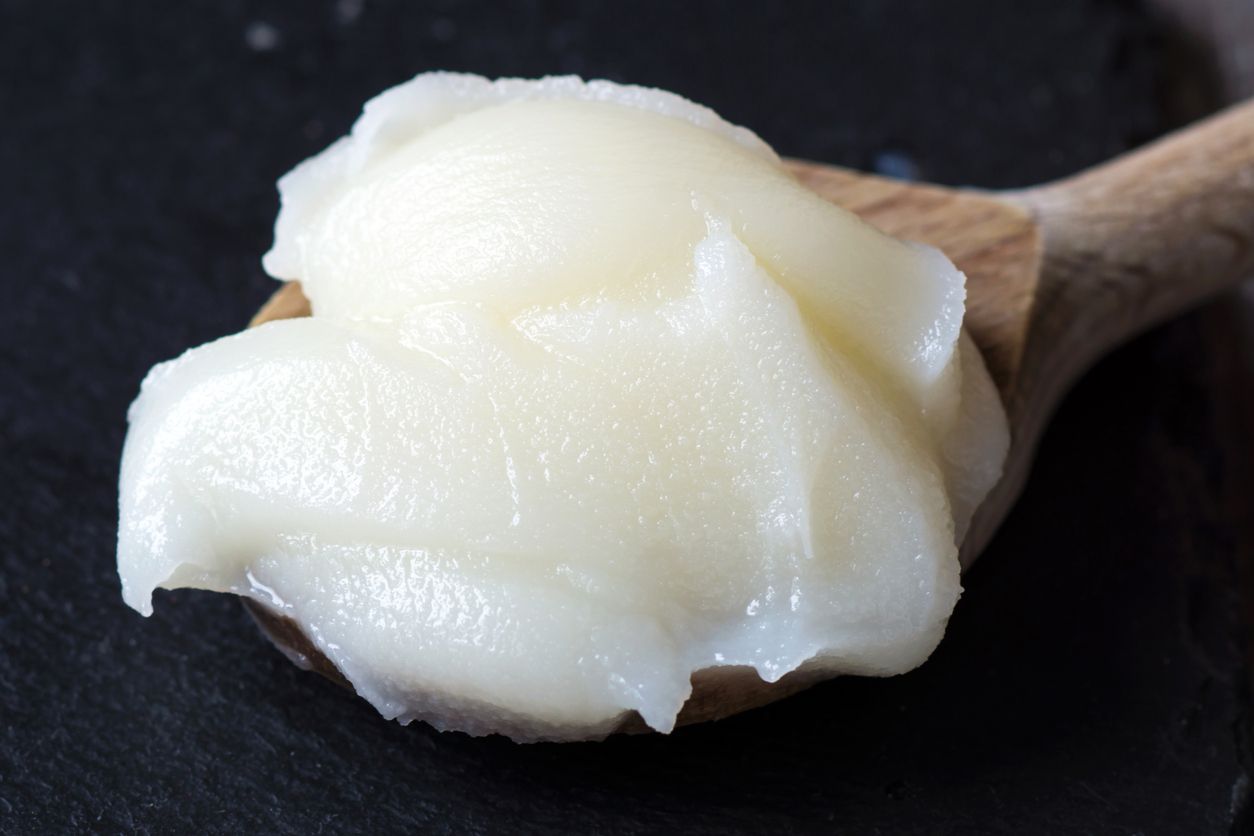

Fast Fat Facts


In 2006, the New York City Board of Health banned the use of trans fats by restaurants and bakeries, and other local governments followed. California passed a similar ban in 2008. In conjunction with mandatory labeling of trans fat, these local bans and the increased awareness of the health effects of trans fat led to an almost 80 percent drop in the amount of trans fat Americans consumed between 2003 and 2012.

And that the labeling rule and industry reformulation of foods were key factors in informing healthier consumer choices and reducing trans fat in foods. 6/16/15

Americans’ principle dietary source of trans fats — didn’t disclose that fact. Instead, the labels of more than 6,500 of these items rounded off their trans fat content to 0 grams. 6/16/15

These days, cow and sheep’s fat is more commonly used in soaps, candles, and lotions than in the kitchen, but the Paleo community is picking up on beef tallow, this once widespread cooking ingredient (most fast-food chains used to use it for deep frying since it’s stable at high temperatures and imparts a slight, but delicious, meaty flavor).



According to Mary Enig, author of Know Your Fats, lard is typically 40 percent saturated fat, 50 percent monounsaturated fat and 10 percent polyunsaturated fat. The percentage of saturated fat in lard protects the more vulnerable mono/polyunsaturated fats from oxidizing with heat, making lard an excellent choice for cooking and baking. 5/14/2000